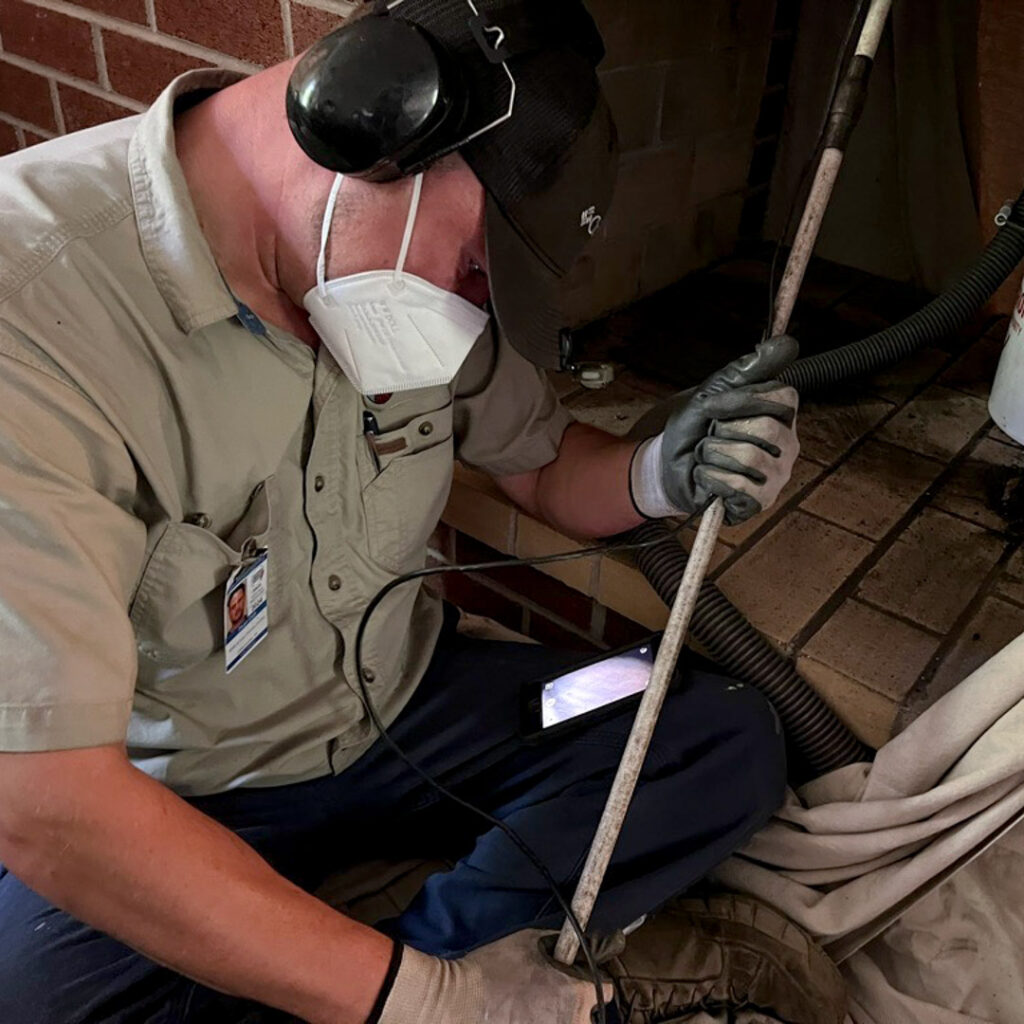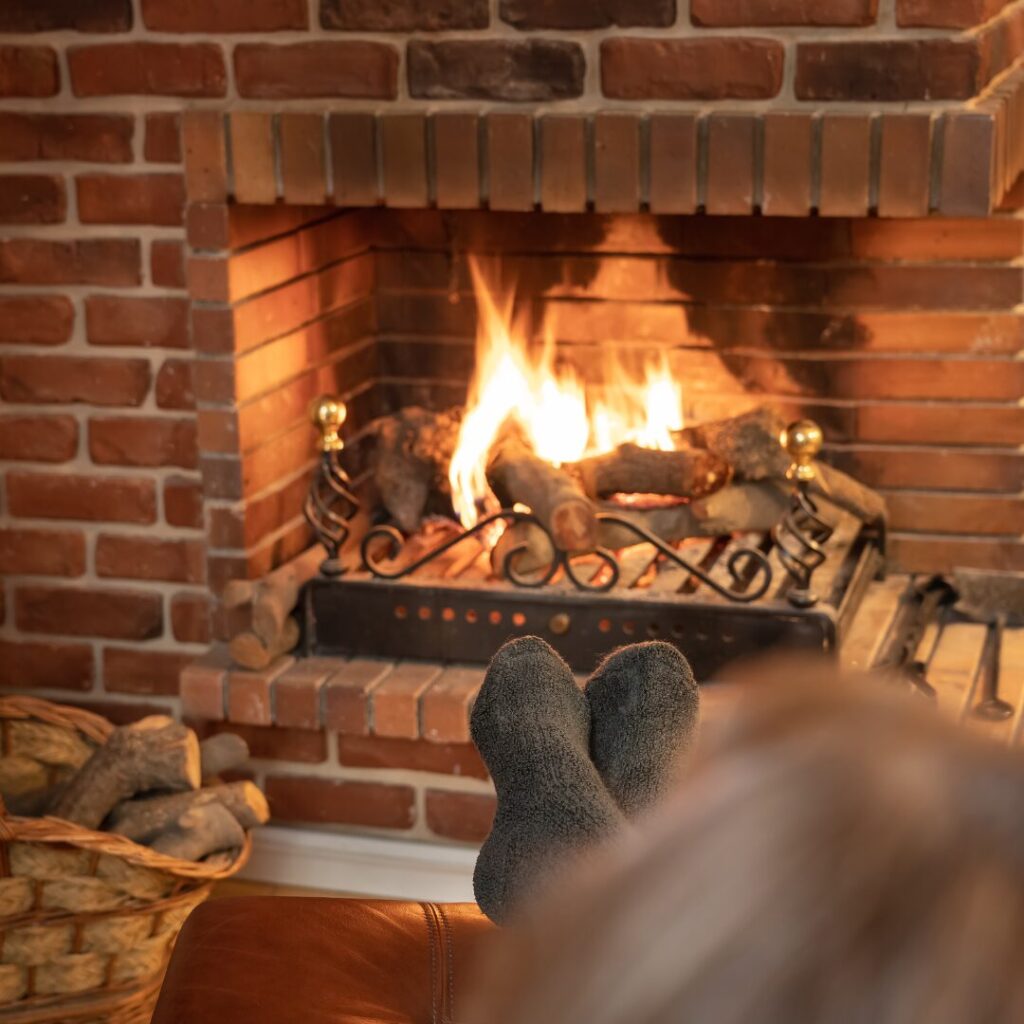Do You Know How To Properly Use Your Damper?
Fireplaces, with their comforting warmth and inviting ambiance, are a cherished feature of many homes, especially during the colder months in Fort Washington and the Lehigh Valley, PA, region. However, many homeowners overlook the importance of the damper, a crucial component that directly impacts fireplace draft and efficiency. Understanding how to use your damper properly can transform your fireplace experience, allowing you to control heat output, conserve energy, and ensure a comfortable living space.
 What is a Damper?
What is a Damper?
The damper is a steel or iron plate located within the chimney flue, just above the firebox. Its primary function is to regulate airflow through the chimney. When open, it allows smoke and combustion gases to escape as the fire burns. When closed, it prevents drafts and heat loss for several hours after the fire has been extinguished.
Controlling Fireplace Heat
While not an actual thermostat, the damper offers you a degree of control over your fireplace heat. Many dampers have notches or grooves, called ‘throttling’ positions, that allow for precise partial closing. By throttling the damper, you can influence the rate of combustion and, thus, the intensity of the heat, to achieve the desired warmth in your home.
For a Hotter Fire
Fully open the damper to maximize airflow. It provides ample oxygen to the fire, resulting in a more intense and hotter burn. The damper must be fully open when lighting the fire. It is also the ideal position for quickly warming a cold room.
For a Slower, More Controlled Burn
Partially close the damper by positioning it in one of the notches to restrict airflow. It will slow the combustion process, creating a more moderate and longer-lasting fire. It is perfect for maintaining a cozy ambiance without overheating the room.
For Low, Ambient Heat
Position the damper on the third or last notch. This setting will provide maximum energy savings while still keeping your room comfortable. However, if smoke fills the room, open the damper fully, along with nearby windows, to quickly vent the exhaust.
Mastering the Damper
Follow these steps, and you will be mastering the damper’s operation in no time:
Always Open the Damper Before Lighting a Fire
This is a vital step. A closed damper prevents smoke from escaping, filling your home with toxic carbon monoxide exhaust. This can be extremely dangerous and even life-threatening. Therefore, it’s essential to always ensure the damper is open before starting a fire.
Throttle the Damper to Adjust the Heat
As described above, adjust the damper to control the fire’s intensity and heat output. Never close the damper entirely while a fire is burning.
When to Close the Damper
When the fire is out and the ashes are cool, it is safe to close the damper completely. Doing so will prevent drafts from entering your home and heat escaping the chimney. It also helps keep out unwanted pests and debris.
Regularly Inspect and Maintain Your Damper
Age and humidity can cause your damper and its gasket to become warped, rusted, or stuck. To ensure your damper is in good working order, have it inspected and cleaned annually by a qualified chimney professional.

By understanding how to use your damper properly and following safety precautions, you can enjoy the warmth and ambiance of your fireplace while minimizing energy costs and ensuring a safe home environment.
Allentown Chimney and Damper Repairs
Wells & Sons is Southeastern Pennsylvania’s trusted provider of chimney and fireplace services. In addition to certified chimney inspections, our expert technicians provide expert damper repairs, replacements, and top-sealing damper installations. We are a family-owned and locally operated business proudly serving the Lehigh Valley area, including Easton, Ithan, Lebanon, and Quakertown. Contact us online to book your appointment today and experience our commitment to local homeowners.









